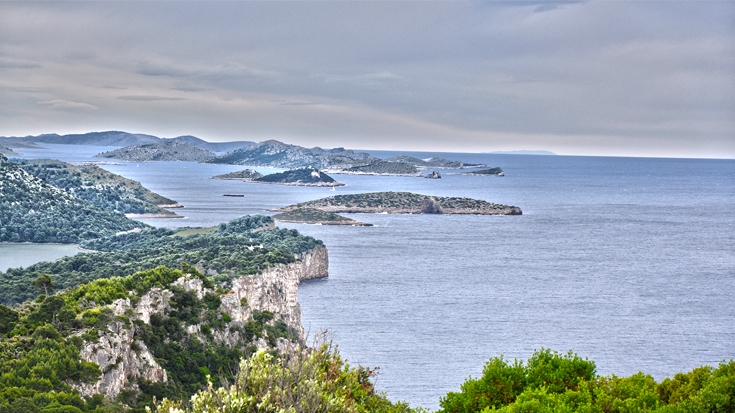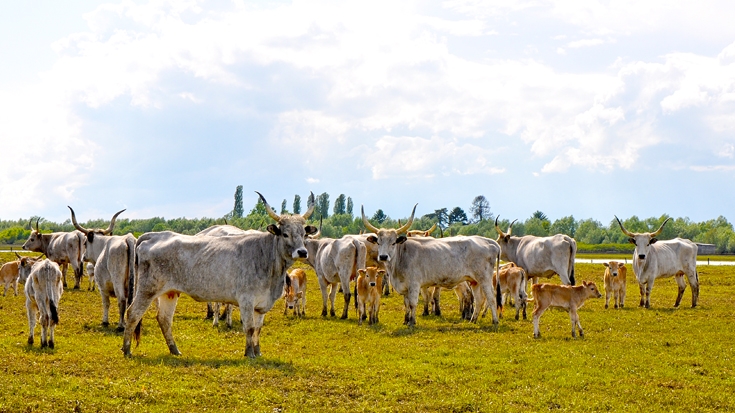When Croatia joined the European Union in 2013, vast areas of its territory became part of the EU’s Ecological network.
The network, termed Natura 2000, follows specific regulations on nature protection in the country’s numerous national parks, something a World Bank-supported project is now underway to address.
Through the European Union Natura 2000 Integration Project, the country’s nature reserves are getting the funding they need to better protect wildlife and fauna by way of upgraded equipment, such as fire and poaching patrolling boats.
“We will have much stronger control over the area because we will see more than we see now,” says Vladislav Mihelcic, Conservation Manager at one of Croatia’s most beautiful national parks, Kornati, situated along the country’s Adriatic Sea coast.


